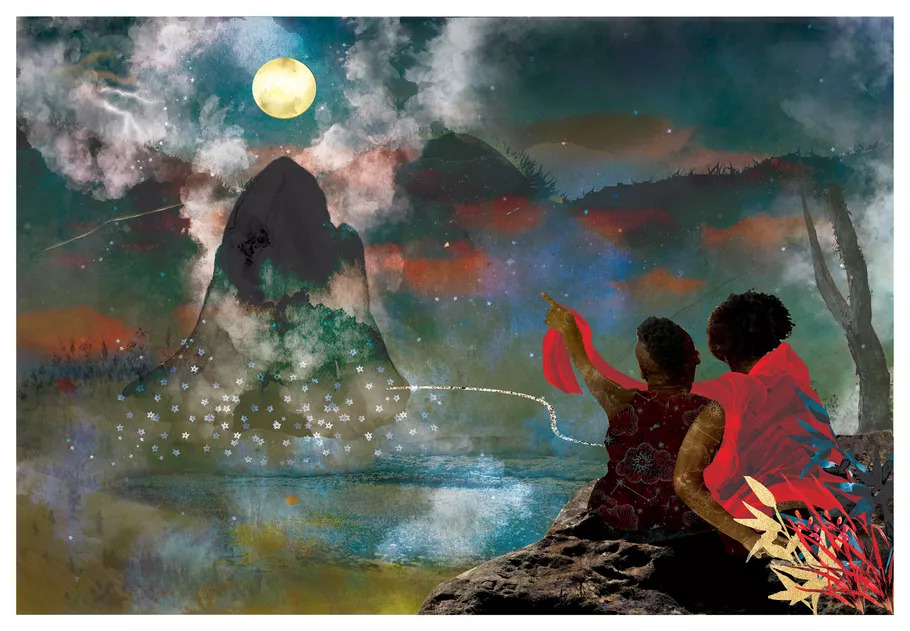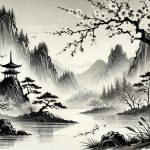
Painting in Spirituality: A Journey of Expression and Connection
Art and spirituality have been intertwined for centuries, with painting serving as a profound medium for exploring and expressing the mysteries of the soul. Whether it’s ancient cave murals, sacred mandalas, or contemporary abstract art, painting offers a unique pathway to connect with the divine, reflect on life’s deeper meanings, and experience inner transformation.
The Historical Connection Between Painting and Spirituality
Humans have used painting to represent spiritual beliefs and practices since ancient times. In prehistoric caves, murals of animals and symbols conveyed reverence for nature and the spiritual forces believed to govern existence. Later, religious art in churches, temples, and mosques depicted gods, saints, and cosmic truths.
Iconography, for instance, became a significant aspect of spiritual painting, especially in Byzantine and Orthodox Christian traditions. Similarly, intricate mandalas in Buddhism and Hinduism symbolize the universe and guide meditation. These artistic creations were not mere decorations; they were acts of devotion and tools for spiritual exploration.
Painting as a Meditative Practice
Painting can serve as a meditative practice, allowing individuals to focus their thoughts and access a flow state. The rhythmic motion of the brush, the play of colors, and the act of creation bring the mind into the present moment, quieting distractions and fostering mindfulness.
Many people use painting to express emotions they cannot articulate in words. This process can be healing, helping individuals release stress, gain clarity, and reconnect with their inner selves. Abstract art, for example, often emerges from emotional or spiritual inspiration, offering the artist a way to explore and communicate intangible experiences.
Spiritual Themes in Painting
Spiritual paintings often delve into universal themes such as:
-
Connection to the Divine: Artworks like the Sistine Chapel’s ceiling depict moments of divine connection and inspiration.
-
Nature and the Cosmos: Many spiritual paintings celebrate the interconnectedness of life, drawing inspiration from natural and cosmic elements.
-
Inner Transformation: Paintings inspired by personal growth, enlightenment, or healing journeys reflect spiritual awakenings.
-
Symbols and Archetypes: Sacred symbols like the lotus, the tree of life, or geometric patterns like the golden ratio often appear in spiritual art.
Famous Spiritual Painters and Their Work
Throughout history, numerous painters have used their art to explore spiritual dimensions:
-
Michelangelo: His iconic works, including the Sistine Chapel, embody deep religious and spiritual narratives.
-
Hilma af Klint: A pioneer of abstract art, Hilma infused her paintings with esoteric and spiritual themes.
-
Georgia O’Keeffe: Known for her close-up depictions of flowers, O’Keeffe’s work often reflects themes of life, death, and transcendence.
-
Wassily Kandinsky: Kandinsky believed art could evoke spiritual resonance and likened painting to music, creating abstract works with spiritual undertones.
Using Painting to Explore Your Spiritual Path
Anyone can use painting as a tool for spiritual exploration, regardless of artistic skill. Here are some ways to incorporate painting into your spiritual practice:
-
Set an Intention: Before you begin, reflect on your purpose. Are you seeking clarity, expressing gratitude, or exploring a spiritual concept?
-
Create a Sacred Space: Arrange your painting area to feel peaceful and inspiring. Include candles, incense, or music to enhance the atmosphere.
-
Let Go of Perfection: Focus on the process, not the outcome. Allow your intuition to guide your brushstrokes and color choices.
-
Incorporate Symbolism: Use symbols or colors that hold personal or spiritual significance.
-
Reflect on Your Work: After painting, spend time contemplating your creation. What emotions, thoughts, or insights does it evoke?
Painting as a Universal Language of the Spirit
Painting transcends cultural and linguistic barriers, serving as a universal language of the spirit. It allows us to explore the mysteries of existence, connect with the divine, and share our experiences with others. Whether you’re creating a masterpiece or simply splashing colors on a canvas, the act of painting can deepen your spiritual journey and nurture your soul.
In a world often filled with noise and distraction, painting offers a sanctuary—a place to pause, reflect, and reconnect with what truly matters. Embrace this timeless art form as a pathway to spiritual growth and self-discovery.






Leave a Reply